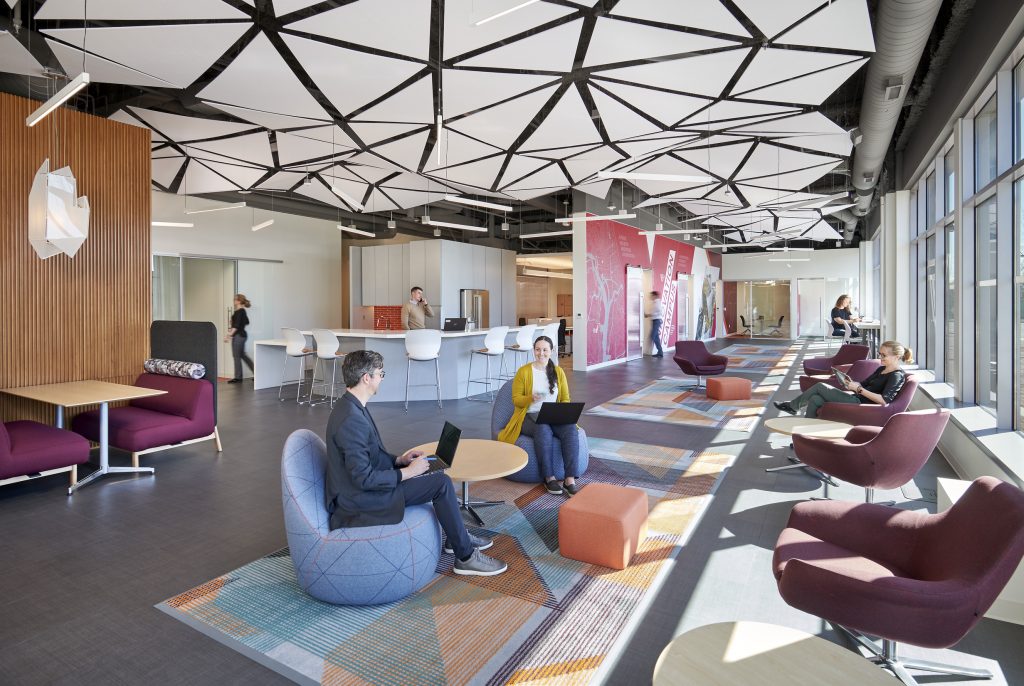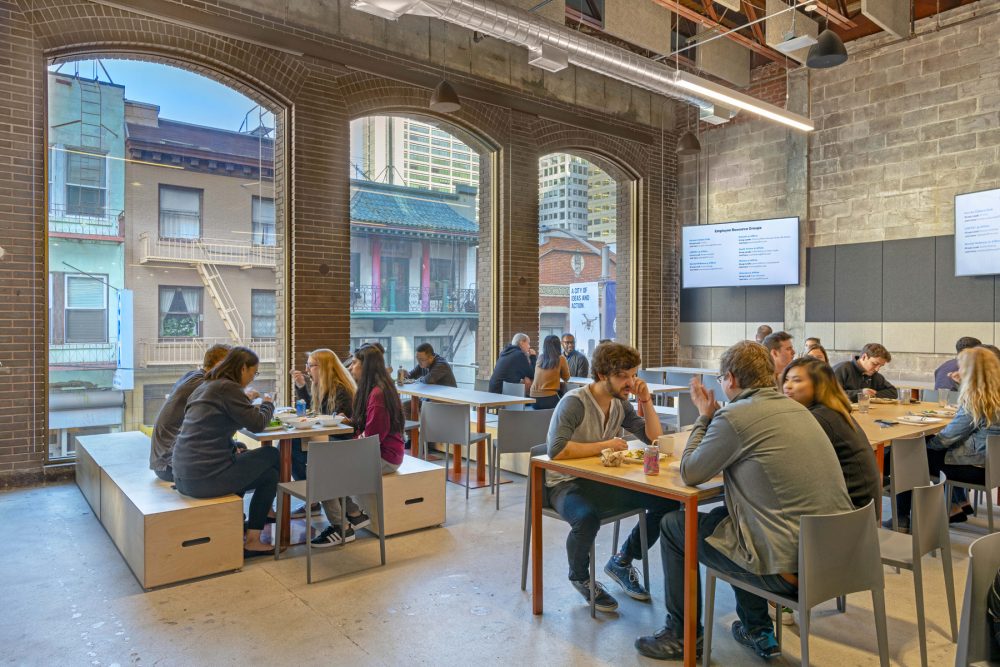If you are in the business of providing office space today, you are also in the business of gathering, whether you know it or not. Adding a few sofas and calling your office a hospitality space is not enough. A mindset shift is also required – one from space provider to host.
Focusing on why people would gather within a given space and preparing them for the experience can go a long way to elevating engagement and promoting performance.
In The Art of Gathering: How we Meet and Why it Matters, Priya Parker argues that many of our routine gatherings – weddings, birthdays, even business meetings – rely on traditions and “how we’ve always done things”. This auto-pilot approach leads to gatherings that lack depth and hosts focused on the “what” of the event – food, drink, flowers – rather than the “why” of the moment. Parker outlines a framework for how to create memorable gatherings that encourage people to show up and participate with gusto. When we apply Parker’s insights on gathering to create great work experiences, we can enhance social connection in the office and focus on building relationships through intentional experience. An experience that will drive employees to return to the office because it adds value to their lives. So, invite your team members to be our guest!

Key Insights to Gathering at the Office
Purpose
As Simon Sinek famously says, “It starts with why.” The same is true when convening with others. Define the purpose and what someone might get out of participating in the experience. A reason for gathering should be specific and unique, as well as articulate the intended outcome for the event. By naming and communicating the purpose, it becomes easier to define the who, the where, and the what of the gathering; all the other experience elements are in service of the reason why.
- Office Insight – Vaguely saying the office is for collaboration and culture is not a strong enough purpose statement to get people to show up. Clearly defining an office purpose helps to align all other decisions regarding why employees should work from the office.
Guest List
It is not always “the more the merrier.” Sometimes it is the “more the scarier”. Being thoughtful about who needs to attend helps build buzz and creates focus for an event. It is also respectful of people’s time when they are not required.
- Office Insight – RSVP to the office. Communicate with your teammates when you will be there. If people know “who else is going” then they are more likely to show up. Providing anchor days when an entire team, department or organization will be in the office helps define the “guest list” and provide structure for the week. Also examine your meetings – each one is its own gathering. Does everyone need to attend? What is the intended outcome of the meeting? Be thoughtful about those guest lists too.
Venue
Select a setting that embodies the purpose of your convening – informal or formal, strange or familiar, remarkable or ordinary – the environment reinforces the reasons for coming together. Having the right sized venue can impact the energy – the more density the more energy. Think of the difference between a formal dinner and a nightclub – one has more energy and that is partly due to density. Breaking out of established habits can provide new perspective and insights. Sometimes just reconfiguring a room is enough to shake things up.
- Office Insight – Select the right room or setting for your meeting or work activity. Use a smaller room for a brainstorming meeting – too big a space with too few people can zap the energy and stifle creativity and sharing. Try having a walking meeting for one-on-ones to get the blood flowing. Having a variety of spaces allows employees to make choices about where to meet.
Ground Rules
Etiquette is a set of tacit rules that a few people know through privileged experience that distinguishes in-group from out-group. In contrast, ground rules are explicit guardrails to inform behavior in certain settings or gatherings. Don’t assume everyone knows the proper etiquette. Establishing and communicating clear ground rules for any gathering creates a more level playing field for all participants.
- Office Insight – Establish the norms of an office to ensure everyone has a good experience. For instance, if you have unassigned seating in the office, set the ground rule of having a clear desk policy so personal items do not pile up in a workspace that is intended to be shared and for anyone to use. Be explicit in communicating these ground rules and do so often.
Shifting the mind-set to the guest experience can go a long way to reimaging our work experiences. Convening with purpose and creating outstanding gatherings is how we make work a more meaningful experience for everyone. The office can be a powerful tool in achieving that goal, but the power of a good host can make everyone feel like a valued guest.
Book Resources From the Article
Below are products referenced in this article. When you buy through the links below, Work Design may earn a commission.


